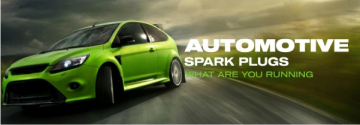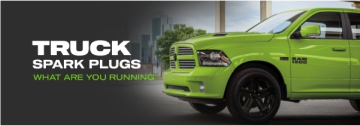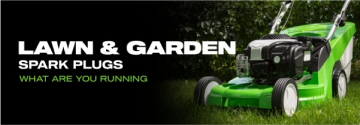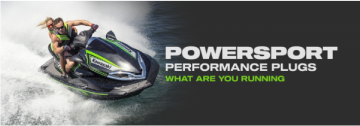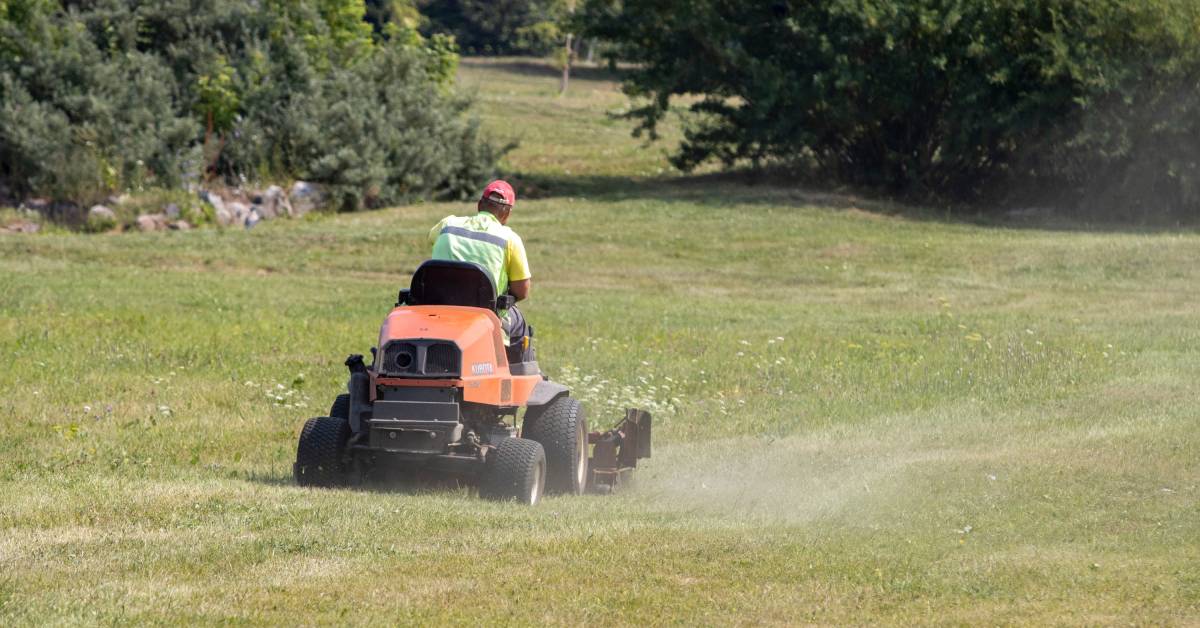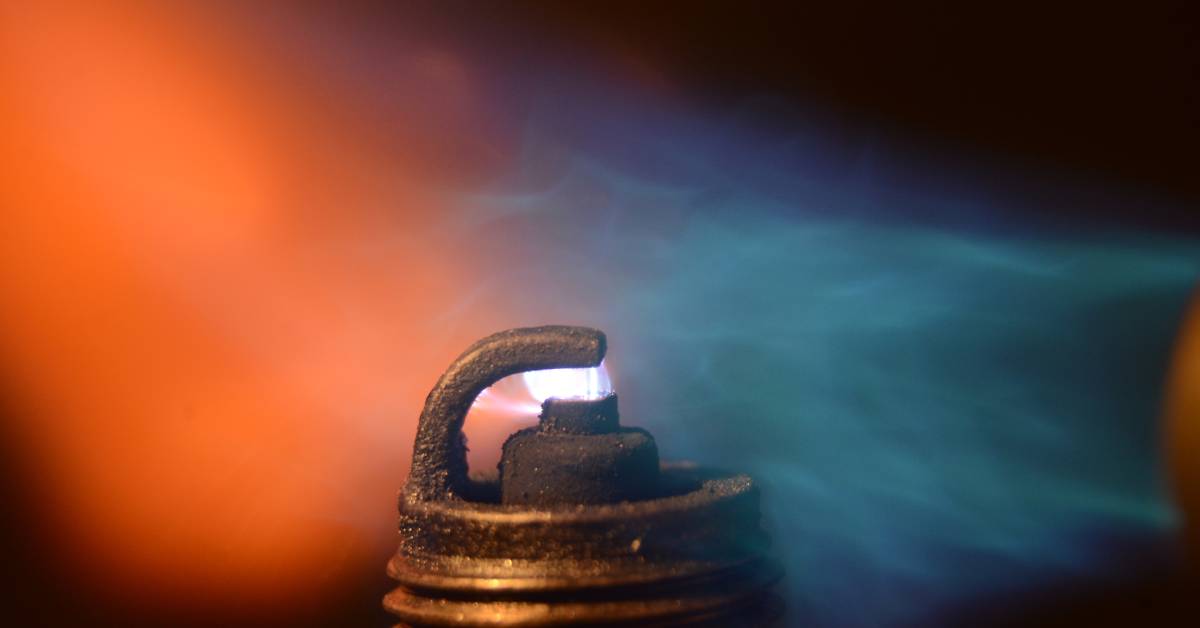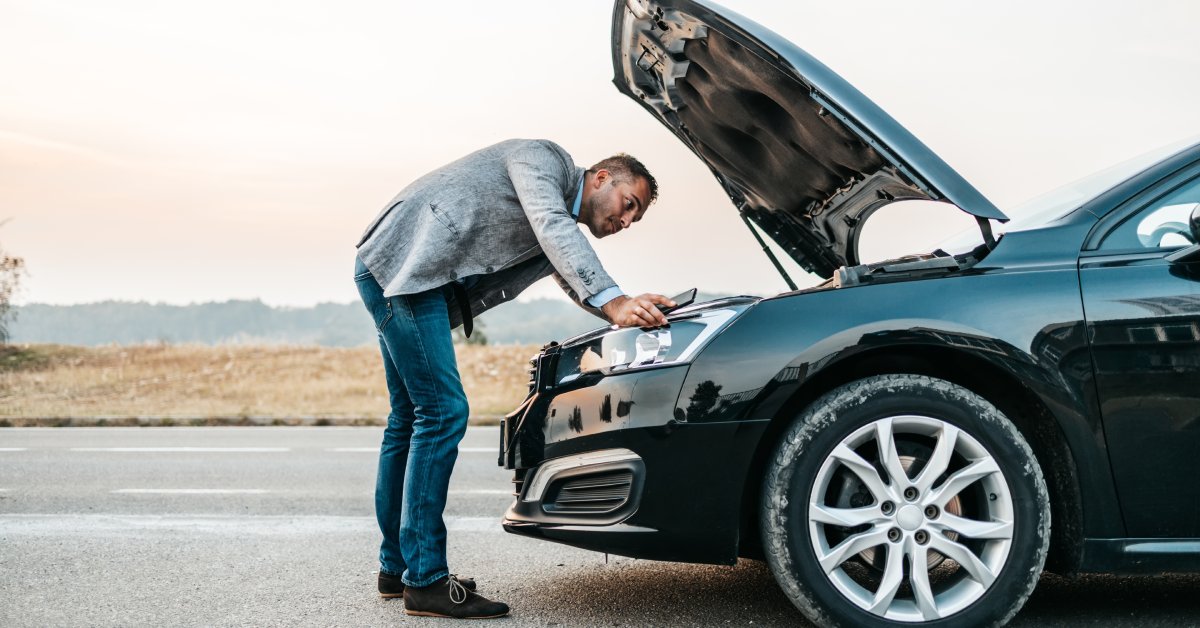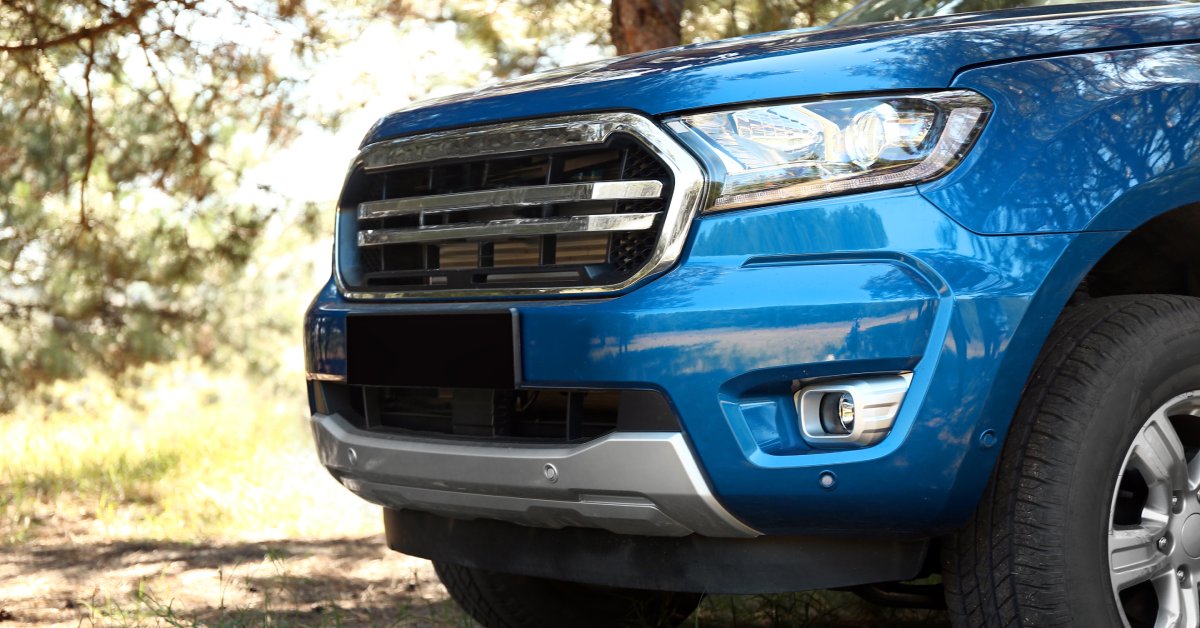
Installing an after-market lift kit is one of the most common modifications 4x4 owners want to make to their trucks, Jeeps and SUVs. Choosing the right lift kit for you and your truck is the first and most important step. What works best for another driver may not work for you. Preferences in driving style, suspension feel, and the type of off-road driving you'll be doing are all factors to take into account.
The most common, and somewhat comical thing that happens to first timers is that they either go as cheap as possible or as expensive as possible. What you'll be taking along with you also matters as 4x4s loaded down with extra gear and passengers will need firmer springs and shocks. Conversely, if speed is your thing, a kit with mono-tube styling and increased wheel travel should work nicely. Bypassing the shocks altogether may give you an even speedier trip.
Budget conscious consumers, especially those with late-model solid-axle Jeeps, often install coil spacers. If this is the approach you choose to take, remember to never stack spacers for more lift as this can be dangerous. Most spacers measure between 2" and 3".
Space leveling kits have also become increasingly popular among owners of full size and midsize 4x4s. These kits are also an inexpensive solution and typically come in two types. Though these vary in style and cost there is little performance difference between most of these kits and they all supply a small amount of lift.
If increasing the wheel travel is important to you, remember that you'll need wider after-market fenders for full tire coverage and clearance. Remember, you'll need to install a longer brake line on almost all older vehicles to accompany a lifted suspension. This brake line may or may not come with your kit. Driveline modifications may also be necessary before your truck is street worthy. Check with your auto parts supplier before getting started.
